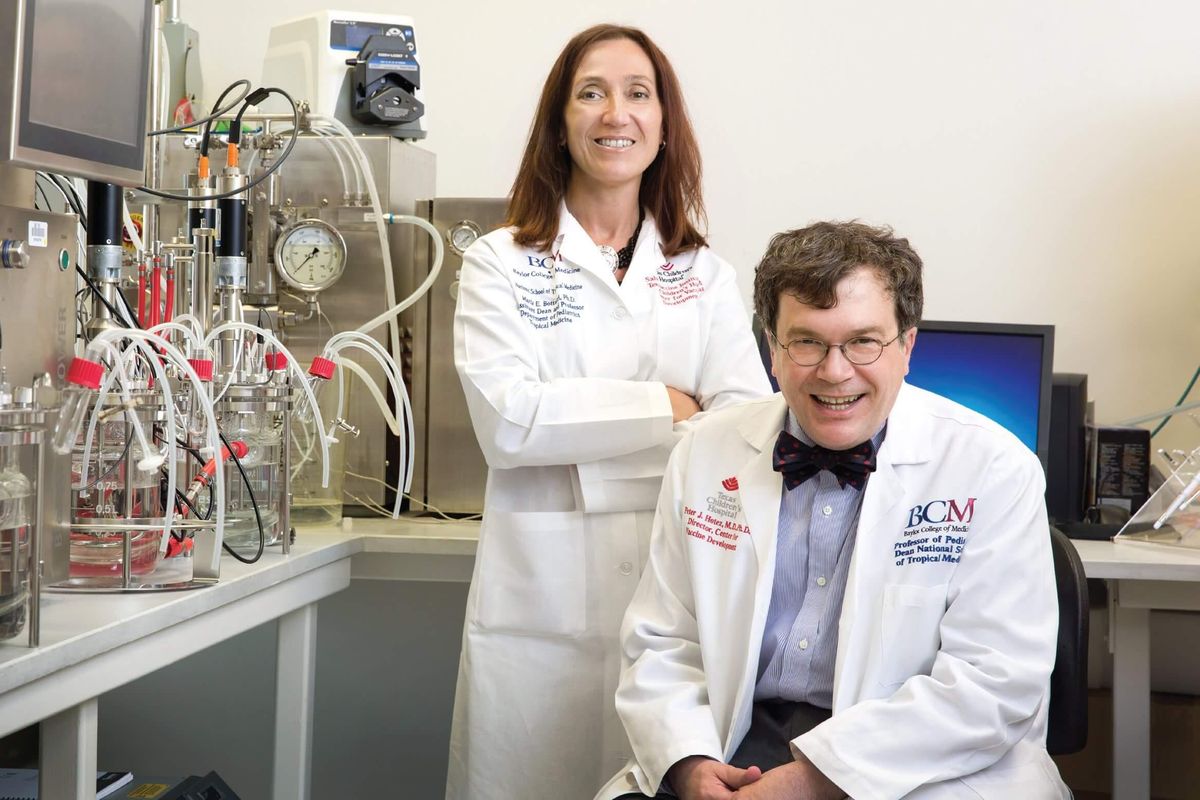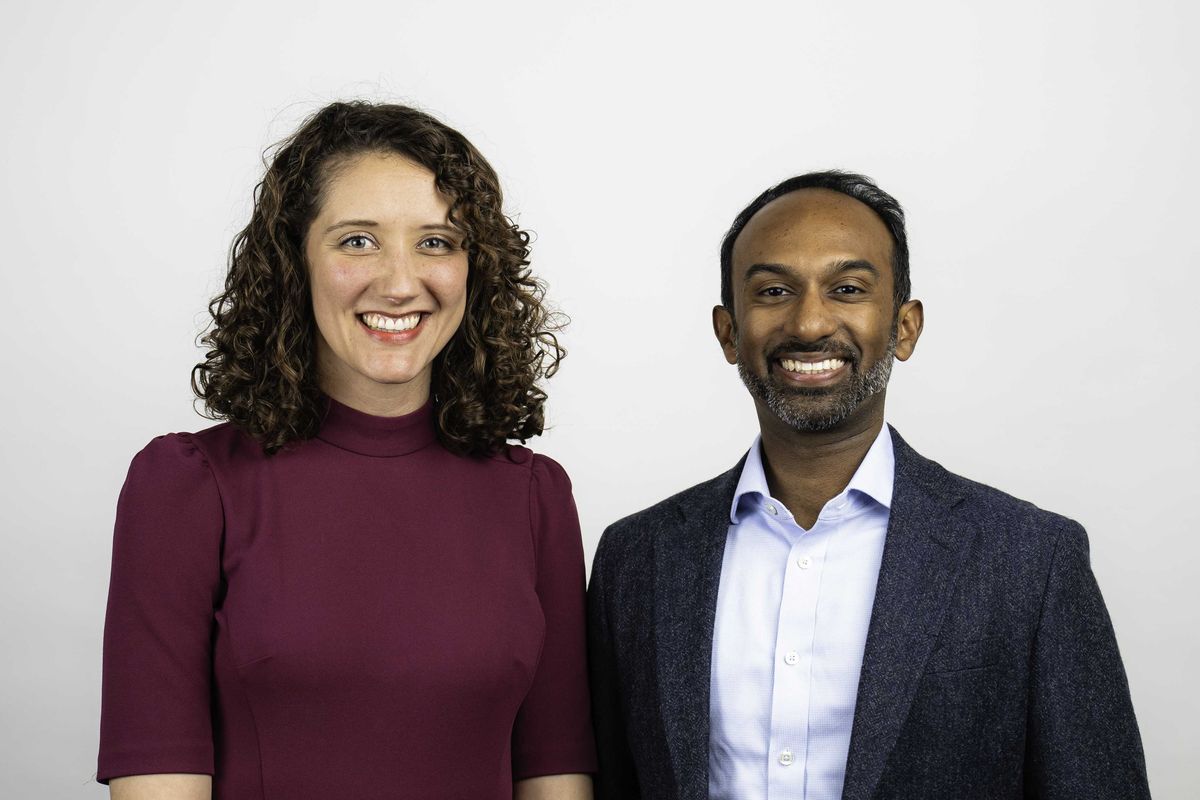Panel featuring Houston innovator discusses rapidly changing innovation ecosystem
Guest Column
Recently, Brad Rossacci, Accenture's Houston Innovation Hub's disruptive innovationeer and creative director, participated in the inaugural INNO, a conference dedicated to supporting the community of innovators, collaborators, and industry disruptors by providing them with a forum to share knowledge, connect with colleagues from around the world, and identify opportunities to work together.
Brad made the trip to New Orleans not just to speak, but also to see first-hand how Houston's neighboring cities are approaching the ideas, themes, and business best practices he's developing within Accenture and more broadly, within the Houston business community.
Speaking as part of the kickoff keynote, titled "What Corporate Innovators Seek," Brad was joined on stage by Aimee Quirk of InnovationOchsner, Lauren Kenney, vice president of Grid Modernization and Strategy at Entergy, and panel facilitator Chase Langdon, Partnership Strategy Manager for the New Orleans Saints and Pelicans. Seated on the INNO stage, Brad had the ideal spot to both share his own expertise, and to hear first hand about how big businesses are working with startups and entrepreneurs outside of Houston.
During the course of the discussion it became clear that all the panelists and the organizations they represent are on the same page in several important ways: all of these companies have big footprints within their local communities and beyond. All have concluded that the challenges facing their different industries and economic sectors — as well as their organizations specifically— require a broader set of skills, backgrounds, and expertise to work through than can be found within the walls of any single company. And all have come to appreciate that to remain a business leader in an increasingly agile and rapidly transforming world, the work of innovation and problem solving must be approached with intentionality and given enough freedom to move fast enough to keep up and get ahead.
They also differ in key respects. The companies represented did not all arrive at these conclusions at the same time. Accordingly, their innovation initiatives are at different stages of development and implementation, both with regard to putting together internal innovation- focused teams and in finding outside companies to partner and collaborate with. Moreover, there are challenges specific to their industries that impact how they pursue their innovation goals. They also face different challenges in terms of getting support from the rest of their organizations. Nevertheless, there have been some challenges that all panelists experienced in some capacity, as well as some agreed-upon best practices.
All agreed that when hiring for internal innovation teams or initiatives, the primary qualification is not a specific set of skills or work history, but rather a specific mindset: they are looking for creative problem solvers who are willing to think and do things differently and who are not intimidated by challenges. Another point they all agreed on is that it's not always easy to find these innovation-oriented people, and that it can be difficult to entice them away from other markets. In particular, the New Orleans based businesses represented expressed feeling the pinch of a limited talent pool.
As the conversation facilitator, Chase Langdon was informed by some of the goals and challenges he's facing as Partnership Strategy Manager for the New Orleans Saints and Pelicans. Reflecting on the structure of the discussion, shared that his team is increasingly cognizant of the potential they have to make an impact on the business community within the region by nurturing holistic economic growth. The Saints and the Pelicans are among the most visible and recognizable local business entities, and his team is actively exploring ways to leverage that visibility to drive growth through partnerships.
Accordingly, his questions reflected an interest in learning from the other organizations represented.
So what are some of the key take away points that Chase and other attendees interested in launching their own innovation initiatives, or in partnering with other organizations? Aimee noted that for those looking to do business with companies like Ocshner, it's important to think about what it takes to be a good partner, not just what it takes to get the deal done. There was general agreement that one of the advantages to working with startups is that they can move quickly as they are less burdened by legacy processes of an older institution.
Similarly, innovators and problem solvers, whether part of internal teams or outside partners, need to be empowered and supported when taking the risks inherent in exploration and experimentation. Brad, in particular, noted that he considers creating an environment that nurtures and protects the "beautiful minds" of his team and the larger Houston innovation ecosystem, to be one of the primary responsibilities of his job.
"Startups are the rockstars now," he says, and existing companies looking to remain competitive need to take a hands-on approach to cultivating a collaborative and sustainable business environment with the required diversity of experiences, perspectives, and skills that lead to breakthroughs.
------
Lizy Freudmann is head of marketing for the INNO.




















